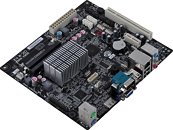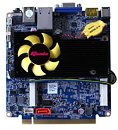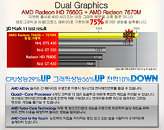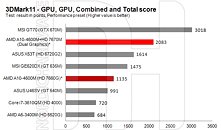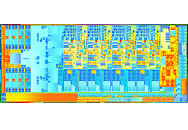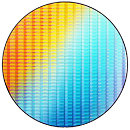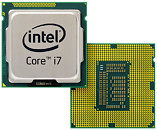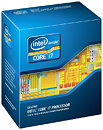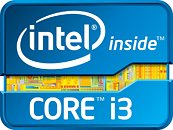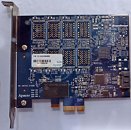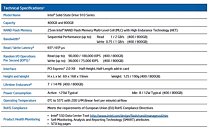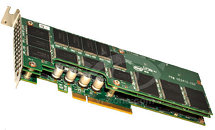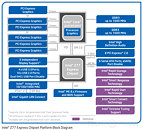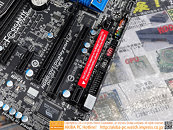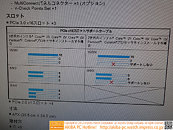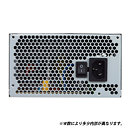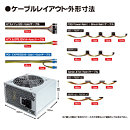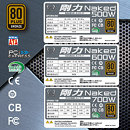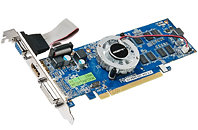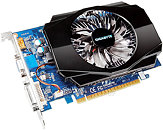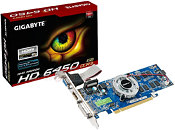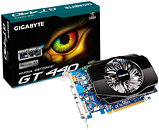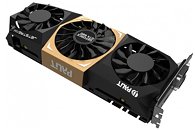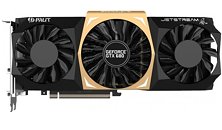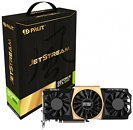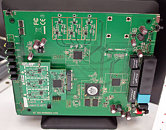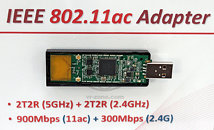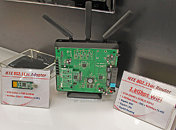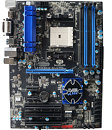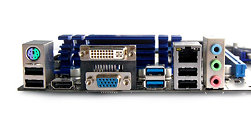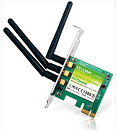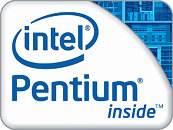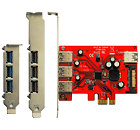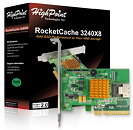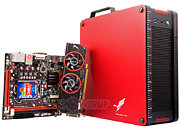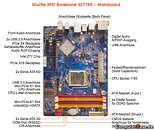
ECS Intros CDC-M Micro-ATX Cedar Trail Motherboard
ECS introduced a new Intel Atom "Cedar Trail" motherboard in the micro-ATX form-factor. The board only slightly steps out of the size specifications of mini-ITX (measuring 190 x 170 mm), yet it wouldn't fit in most mini-ITX cases. The board draws power from a 24-pin ATX power connector. It is driven by Intel Atom D2700 dual-core processor clocked at 2.13 GHz, with HyperThreading technology enabling 4 logical CPUs, and TDP of just 10W; and Intel NM10 chipset.
The CPU is cooled by a chunky passive heatsink.It is wired to two DDR3 SO-DIMM slots, supporting up to 4 GB of single-channel DDR3-1066 MHz memory. Expansion slots include one each of PCI-Express 2.0 x1 and legacy PCI. Storage connectivity includes two internal SATA 3 Gb/s ports. The rest of the connectivity consists of 6-channel HD audio, gigabit Ethernet, serial/COM, eight USB 2.0 ports (four on the rear panel, four via headers), and PS/2. Display outputs include DVI and D-Sub. It is priced at a juicy 7,280 JPY (US $89).
The CPU is cooled by a chunky passive heatsink.It is wired to two DDR3 SO-DIMM slots, supporting up to 4 GB of single-channel DDR3-1066 MHz memory. Expansion slots include one each of PCI-Express 2.0 x1 and legacy PCI. Storage connectivity includes two internal SATA 3 Gb/s ports. The rest of the connectivity consists of 6-channel HD audio, gigabit Ethernet, serial/COM, eight USB 2.0 ports (four on the rear panel, four via headers), and PS/2. Display outputs include DVI and D-Sub. It is priced at a juicy 7,280 JPY (US $89).
